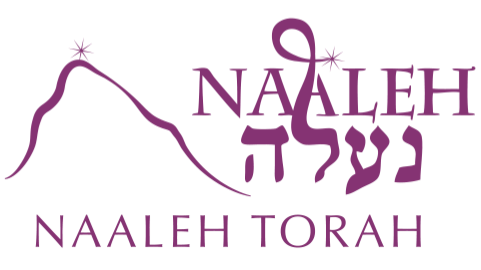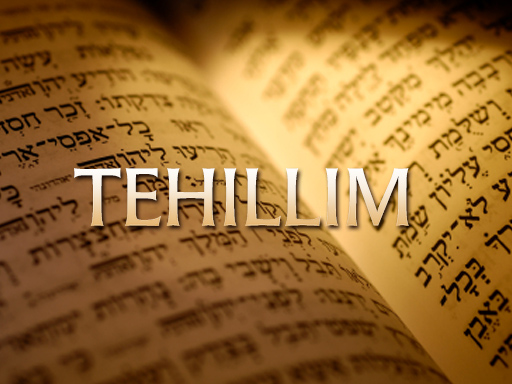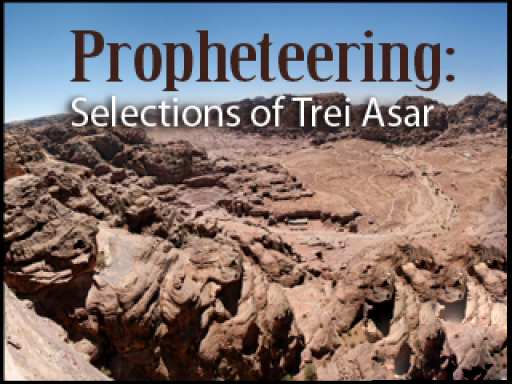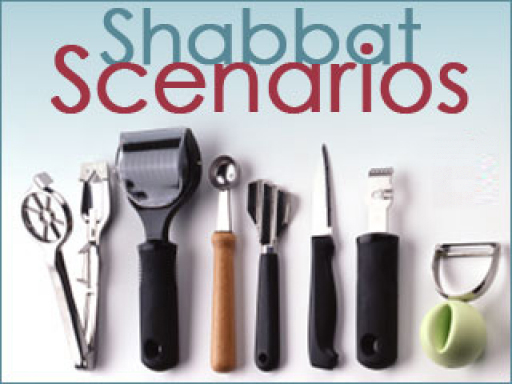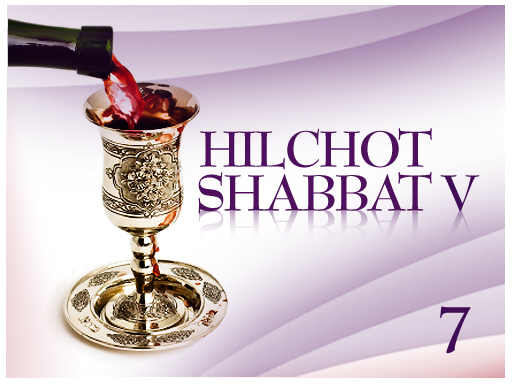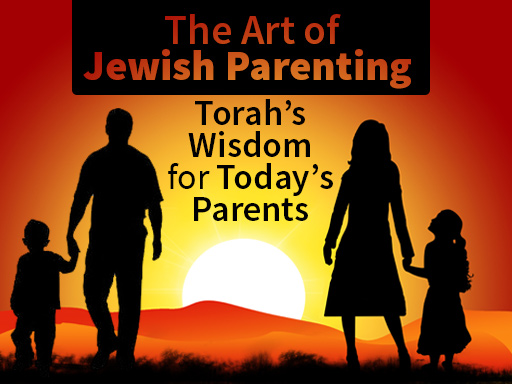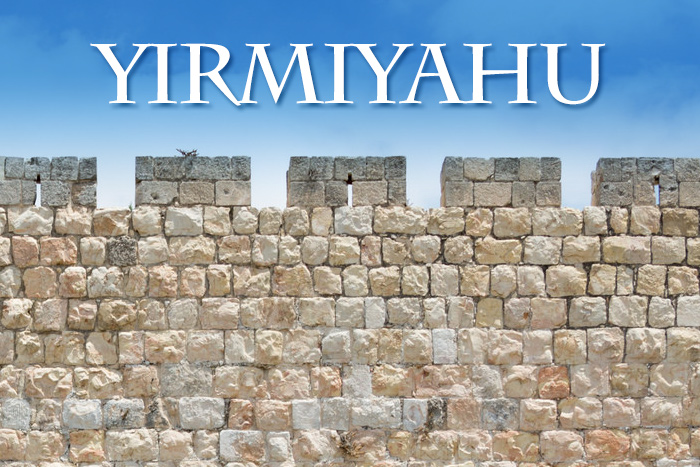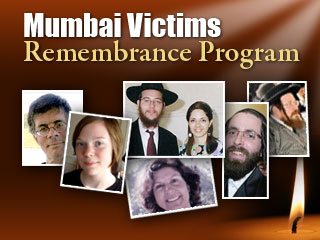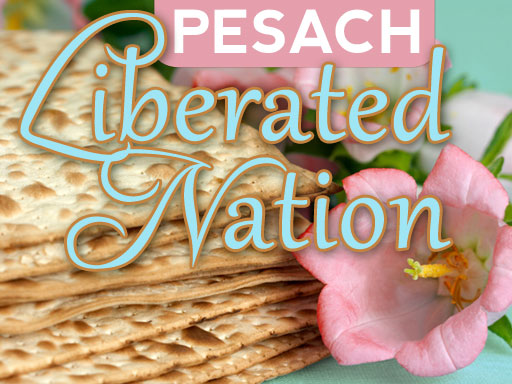Prophetic Actions
Posted onIn this Torah class (shiur) on Nevua, Prophesy, Rabbi Avishai David presents various views of the commentators on whether actions taken together with a prophesy were literally performed, or were prophetic visions. Rabbi David describes the opposing opinions of Ramban and the Rambam, and the Abarbanel’s compromise position.
